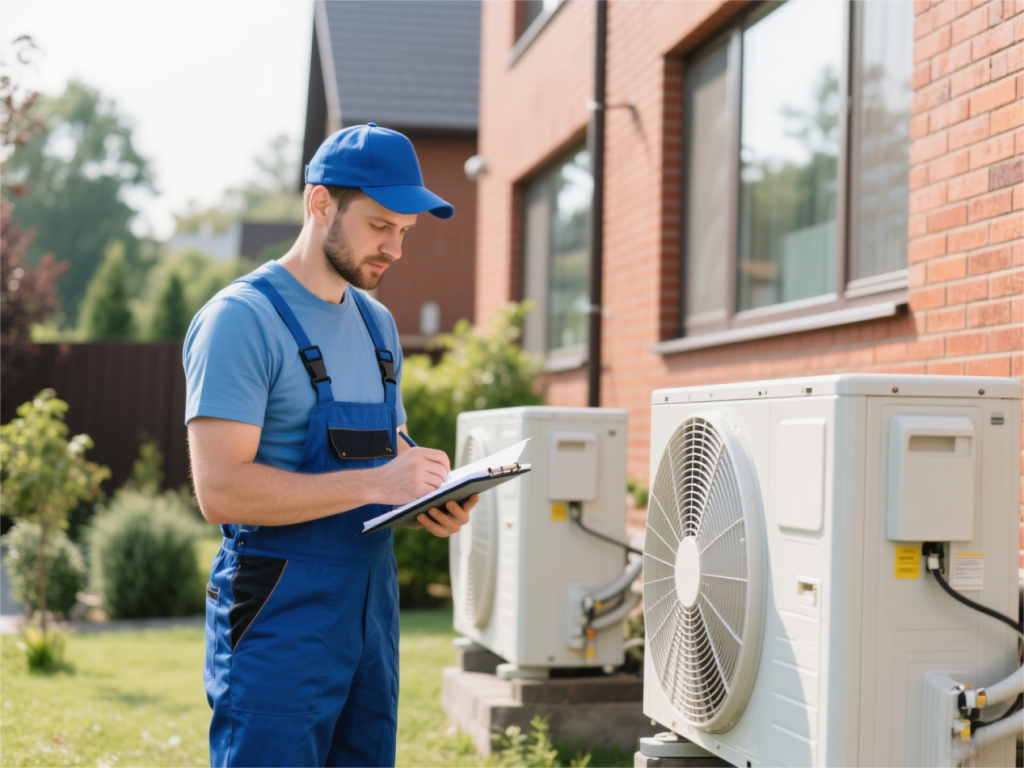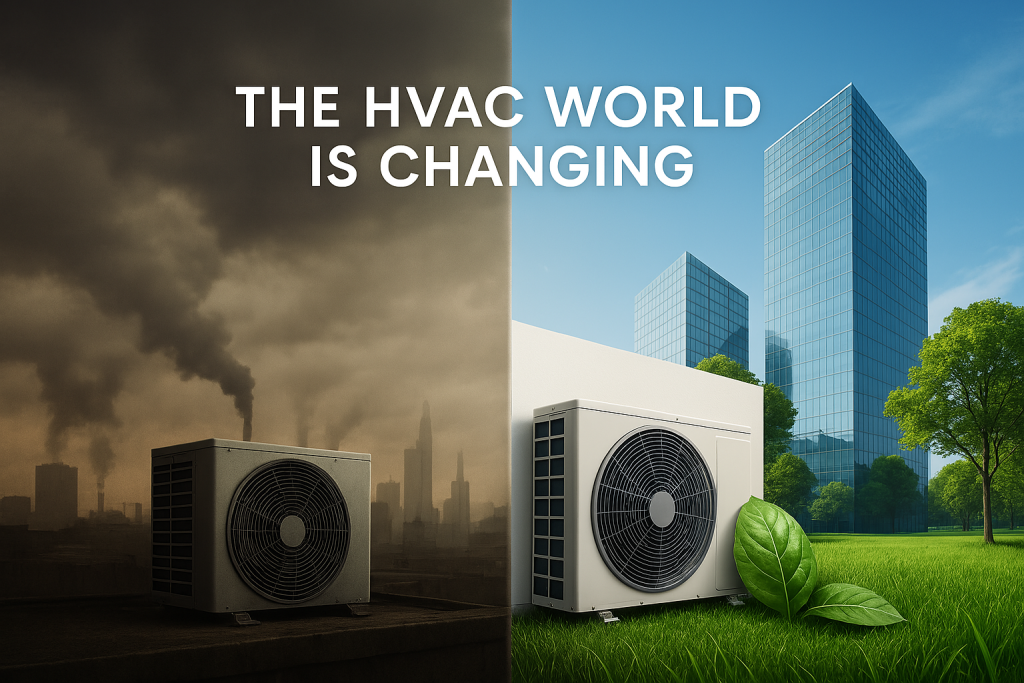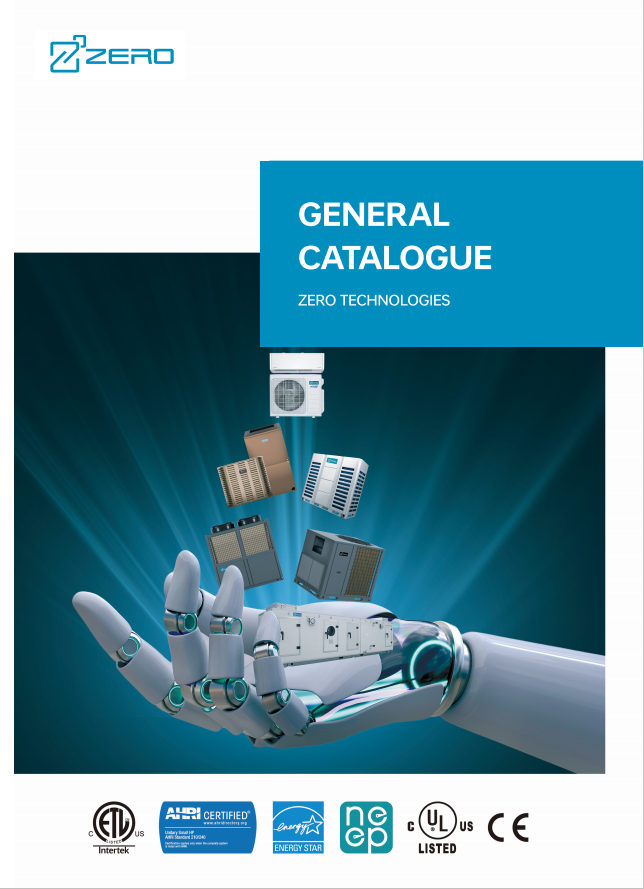When it’s time to replace your HVAC system, one of the most important — and often misunderstood — decisions is selecting the right BTU capacity and staging type. Oversizing or undersizing your system can lead to higher bills, uneven comfort, or premature system failure. Similarly, choosing between a single-stage, two-stage, or variable-speed system can greatly impact energy efficiency and performance.
This guide breaks down how to make the right choice for your home’s unique needs.
What Does BTU Really Mean in HVAC?
BTU, or British Thermal Unit, is a unit of measurement for thermal energy. In HVAC terms, it refers to the amount of heat an air conditioner or furnace can remove or add per hour. Selecting the correct BTU rating is all about matching your system’s output with your home’s heating or cooling load.
Too high? You’ll get quick temperature swings, short cycling, and wasted energy.
Too low? Your system will struggle to reach the set temperature and may wear out faster from overwork.
How to Estimate the Right BTU for Your Home
While a professional Manual J load calculation is the gold standard, here are some basic guidelines:
Home Size (sq. ft.) | Cooling BTU Needed | Heating BTU Needed |
600–1,000 | 12,000–18,000 | 30,000–45,000 |
1,000–1,500 | 18,000–24,000 | 45,000–60,000 |
1,500–2,000 | 24,000–30,000 | 60,000–75,000 |
2,000–2,500 | 30,000–36,000 | 75,000–90,000 |
Other factors that influence BTU needs include:
- Insulation quality
- Window types and quantity
- Sun exposure
- Ceiling height
- Local climate
Pro Tip: A system that’s 10-15% too large can be worse than one slightly too small. Ask your installer to size based on actual heat load, not square footage alone.

What Are HVAC Staging Types – And Why Do They Matter?
Once you’ve nailed down the right BTU, the next choice is staging — how your system adjusts its output.
1.Single-Stage
On or Off: Runs at 100% capacity whenever it’s on.
Pros: Lower upfront cost.
Cons: Less efficient, more temperature swings, louder operation.
2.Two-Stage
Two Speeds: Operates at low (~60 – 70%) and high (100%) speeds.
Pros: Better comfort, quieter, energy savings.
Cons: Slightly higher cost than single-stage.
Variable-Speed / Inverter
Fully Modulating: Can adjust in tiny increments (e.g., from 30% to 100%).
Pros: Maximum efficiency, quietest operation, consistent temperature, ideal for humid climates.
Cons: Higher initial investment, but excellent long-term value.
Which Combination Is Right for You?
Home Type | Recommended BTU Approach | Recommended Staging Type |
Small Apartments | Manual J or size calculator | Single-stage or 2-stage |
Suburban Family Home | Manual J with pro input | Two-stage or Variable-speed |
Large Luxury Homes | Full HVAC audit recommended | Variable-speed or zoning system |
Real-World Example: A Homeowner’s Cost-Saving Upgrade
- A homeowner in Michigan upgraded from a 15-year-old single-stage, 80,000 BTU system to a 60,000 BTU two-stage heat pump. With proper insulation and a Manual J calculation, they:
Reduced energy bills by 25% - Experienced fewer cold spots
- Qualified for utility rebates
When to Involve an HVAC Professional
DIY calculators are a helpful start, but for the best results:
- Request a Manual J load calculationAsk about equipment warranties and after-
- sales support
- Consider your climate zone and local energy efficiency incentives

Final Takeaway
Choosing the right BTU and staging type isn’t just about technical specs — it’s about comfort, cost-efficiency, and long-term peace of mind. Don’t let outdated sizing rules or sales pressure guide your decision.
At ZERO Technologies, we help homeowners make informed HVAC choices backed by engineering expertise and flexible system options. Whether you’re upgrading for comfort or sustainability, we’re here to help.
Contact us to explore your best-fit HVAC solution.





